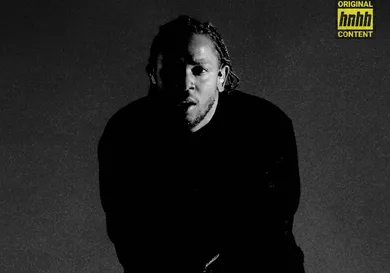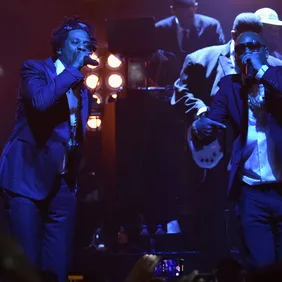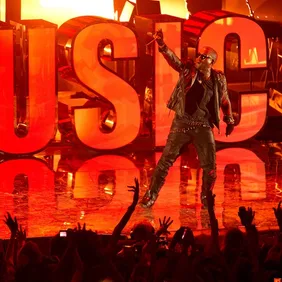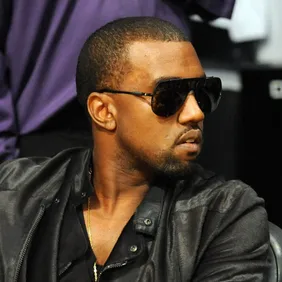A Good Kid in a Maad City but never a liar. Blame it on the youthful features. Kendrick Lamar’s word has been taken at face value since his debut studio album. Positing himself as a man out of his element like Donny in The Big Lebowski. Yet from the moment Kendrick Lamar’s instant classic Good Kid Maad City unfolded in full narrative glory, it became clear that Compton was entrenched within his DNA. With that came two important tools for his arsenal. One, an authenticity earned from lived experience. Two, the cognizance to recognize his place within his surrounding social structure and the impact it would have on his rationality.
A Pulitzer Prize winner, Kendrick Lamar has always possessed a genius-level poetic sensibility. Insofar as the written word Kenny has proved elite at instilling his songs with literary quality. One such quality is the presence of the “unreliable narrator,” which on the surface may seem like a foil for authenticity. One of the unreliable narrator’s primary moves is duplicity; what he might recount is a far cry from what actually transpired, leaving us to infer conclusions from the existing texts. Unraveling his motives can be a more strenuous form of analysis, but ultimately a more rewarding one. In the case of Kendrick Lamar, unreliability is worn like a mask that guards his intentions. It preserves his neutrality, allowing him to visit both sides of the moral playground.
Kevin Mazur/Getty Images
“If I told you I killed a n***a at sixteen, would you believe me?
Perceive me to be innocent Kendrick you seen in the street
With a basketball and some Now and Laters to eat?
If I mentioned all of my skeletons, would you jump in the seat?”
The arguable turning point of “maad City,” Kendrick Lamar presented the possibility of his own unreliability in the form of a philosophical question. By this point his nature as a “Good Kid” has been established; always the observer but never the perpetrator. Songs like “The Art Of Peer Pressure” paint him as a victim even while victimizing others. Moments of heroism are directly linked with his prodigious creativity, like his scene-stealing “Backseat Freestyle.” Yet on the album’s explosive centerpiece, Kendrick confronts the violence head-on. His very cadence reflects his environment as it’s presented. Consider the opening segment, which finds his voice hitched in an audible panic. Though his lyrics suggest that his younger self was desensitized to the depravity of his environment, his truth is betrayed by his vocal tone. Meticulous performer that he is, Kendrick has no problems planting evidence in every facet of his expression.
Kendrick is acutely aware of his position as an unreliable narrator. The tone of his lyrics mirrors the instrumental’s urgent first movement, lined with gangsta rap imagery and vengeful calls to action. One might be forgiven for thinking he’s paying homage to his forebears, many of whom were long conditioned to the gangbanger’s lifestyle. Themes carried over from “The Art Of Peer Pressure” linger on “Maad City,” most notably the willingness to fit in. His declaration of “fuck your truce” is as performative to his peers as it is to the listener. And yet, paired with THC & Sounwave’s production, it feels convincingly badass. Perhaps that’s because Kendrick remains a product of Compton as much as those he rides with, which allows his speech to carry authority. Especially to somebody who has never so much as experienced violence second-hand.
Scott Dudelson/Getty Images
When the track shifts gears in the second movement, a segue ushered in by the legendary MC Eiht, Kendrick Lamar allows his PTSD to trigger moments of sincerity. In yet another connection to “Peer Pressure,” Kendrick directly references his role in abetting a burglary effort. Curiously, he makes no allusion to his own morality when reflecting upon his past. Whether his involvement left his inner “good Kid” shaken is open to interpretation. Seeing as he does leave himself susceptible and possibly even enticed by destructive forces, the answer to Kendrick’s aforementioned “would you believe me” question is made all the more cloudy. Were another rapper to ask the same question, it might be easier to draw a straightforward conclusion. With Kendrick Lamar, however, enough doubt has already settled. Even the slight hint of mischief embedded within his tone speaks to his heightened sense of self-awareness.
It’s already difficult enough to analyze Kendrick’s own emotional responses to some of the more disturbing events in his life. It’s nigh impossible when we have Kendrick consciously manipulating our perceptions of an image he’s already spent half an album establishing. By "Maad City's" end it’s conceivable to imagine a sixteen-year-old Kendrick with smoking gun in hand. “Compton’s Human Sacrifice,” as he so eloquently concludes. Perhaps Kendrick is more intrigued about the ramifications such an act would have on his existing fanbase. Many of whom adhere closely to the Good Kid persona on a morality spectrum. Kendrick famously posed a quandary on To Pimp A Butterfly closer “Mortal Man”: when shit hits the fan is you still a fan? At this stage, were Kendrick's skeletons to emerge and litter the sun-scorched asphalt, at least he had the courtesy to issue a warning.







